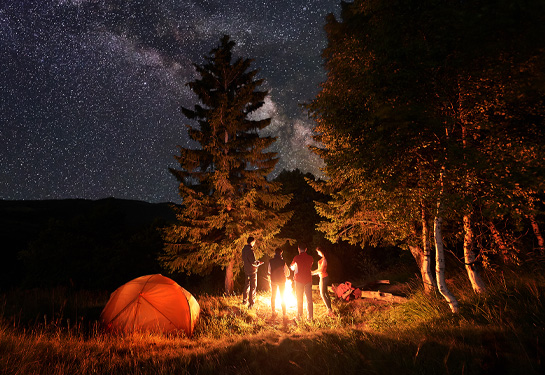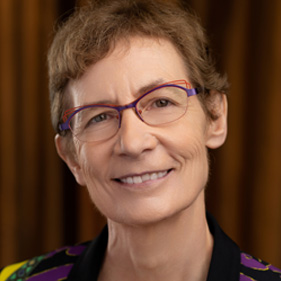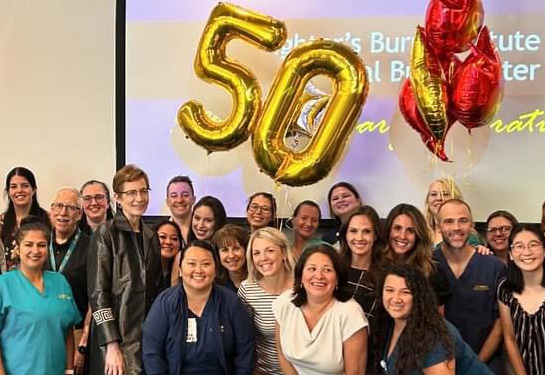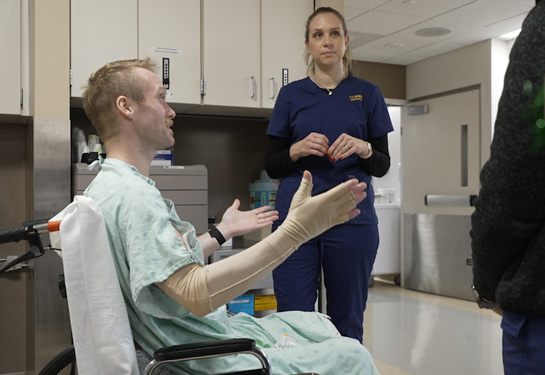‘I remember turning and falling’: Burn survivor shares warning about campfires
Red Bluff woman embraces her scars because they gave her a new outlook on life
From the ancient redwood forests to the sandy coastline beaches, California’s parks lure millions of visitors every year. As this year’s California State Parks Week kicks off, one of those visitors has a warning everyone needs to hear.
“Only five seconds”
Dani Taylor, along with her family and best friends, celebrated her 34th birthday at Antelope Lake, just outside of Susanville, Calif. in July 2019. Away from her high-pressure job and free of cellphone service, Taylor and her friends kayaked, swam and drank hard seltzers.
“We’d been having fun all day. The girls and I stayed up talking and having our last drink before going to bed,” Taylor, who lives in Red Bluff, recalled. “I never looked at a campfire as a danger. Bonfires and campfires … that’s what you do for fun.”
The fun turned to tragedy in an instant. Taylor was standing in front of the fire pit, alternating her front and back toward the warm flames, when her foot caught on a rock and she fell in.
“I remember turning and falling. My best friend grabbed me out after only five seconds,” Taylor said.
The combination of alcohol and shock created a confused memory for Taylor. Her friends coated her leg in first aid burn cream and drove her to a nearby hospital. The team there knew her injuries were beyond their scope. They airlifted Taylor to the Firefighters Burn Institute Regional Burn Center at UC Davis, yet she still did not realize the severity of her injury.
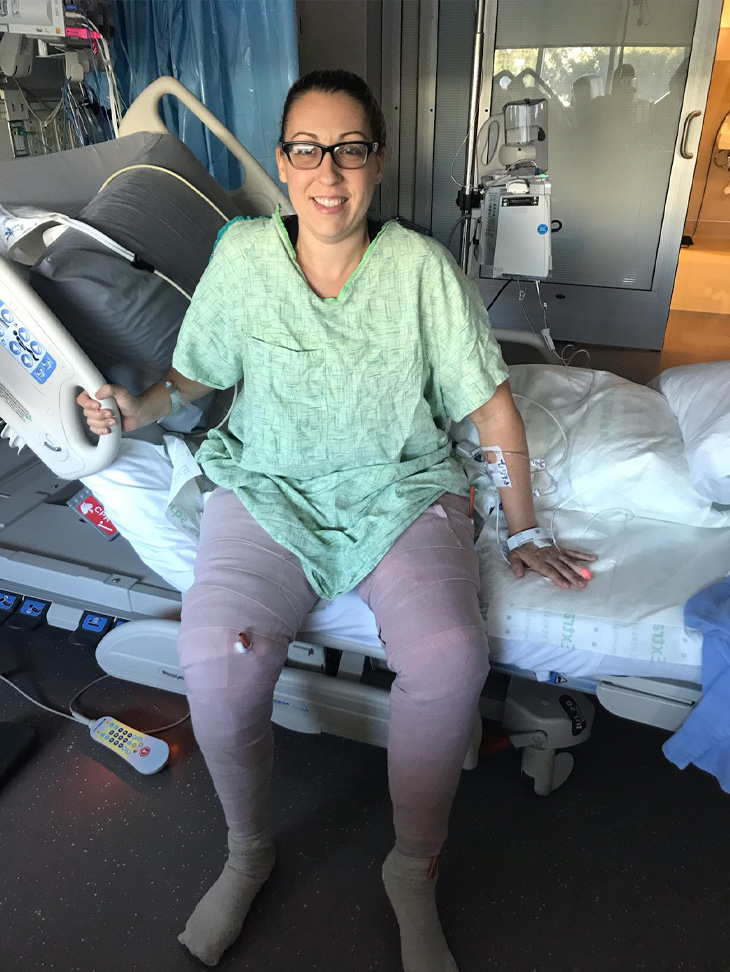
“They’ll put miracle cream on me.”
More than 400,000 people receive treatment for burn injuries each year. Roughly 5% of burns are from recreational or sports activities. Most injuries from campfires are the result of touching embers or coals, rather than from actual flames.
“Although burn injuries happen year-round, the summer is a particularly busy time,” said Chief Burn Surgeon Tina Palmieri. “More people are outdoors and engaged in activities. Because burn injuries happen in an instant, our burn unit can become very busy, very quickly.”
A couple of hours after the initial injury, Taylor arrived at UC Davis Medical Center, home to the American Burn Association-verified burn center. The alcohol was wearing off and the pain was increasing, yet she did not realize the full extent of the burns on her legs.
“One of the Emergency Department nurses took the sheet off of me and I knew it wasn’t good,” Taylor said. “I still thought they’d put that miracle cream on me, and I’d go home.”
Although burn injuries happen year-round, the summer is a particularly busy time.—Chief Burn Surgeon Tina Palmieri
“People often think that there is a magic cream that heals burns. Unfortunately, that isn’t the case. It takes time and experience to determine which wounds will need intervention,” Palmieri explained.
Taylor spent 30 days hospitalized at the medical center. Before the accident, she taught spin classes. Afterward, she could not straighten her leg or walk.
With second- and third-degree burns on 23% of her body, she underwent grueling hours of debridement, the process where physicians remove dead tissue from a wound. She endured skin graft surgery. And she took a hard look at the habit that had increased her level of danger that night around the campfire.
“Because of this accident, I had no choice but to acknowledge that my relationship with alcohol was not healthy. The scars were an embarrassment. I was determined to fast track my way out of there,” Taylor explained. “I no longer drink. I am mentally stronger now and have a new outlook on life.”
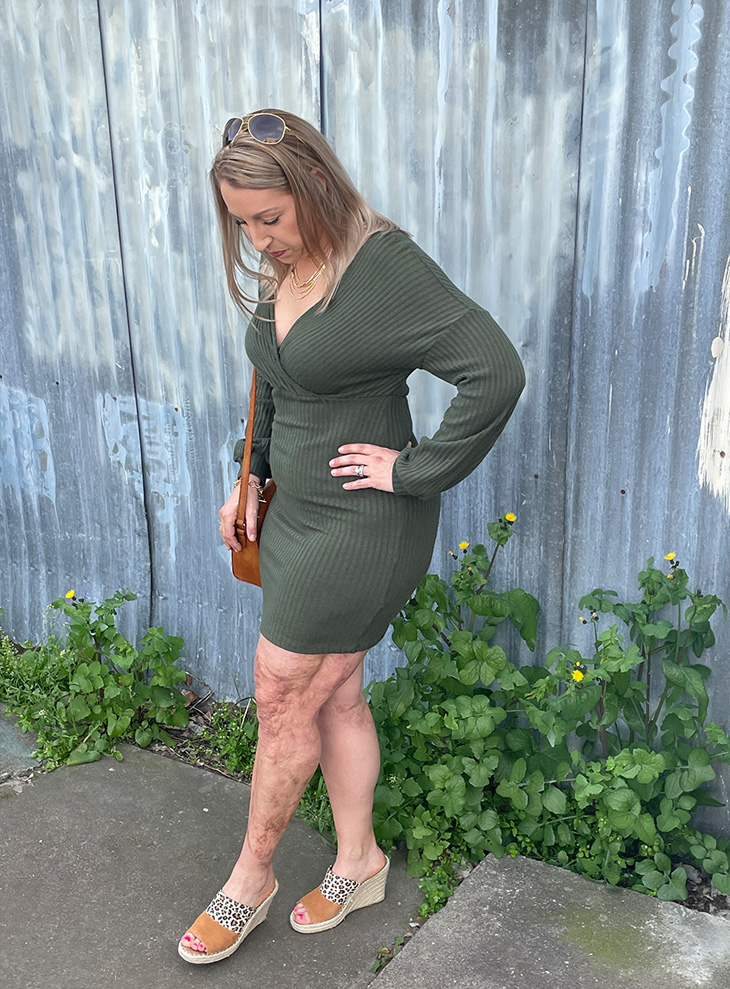
From denial to acceptance
Healing physical trauma paved the way for emotional scars. Because of her scars, Taylor has trouble regulating her body temperature in the summer heat. And putting on shorts proved a tall task in the beginning.
“I have a hard time identifying as a survivor because I hold myself accountable for being drunk when this happened,” Taylor said. “I have a daughter watching me go through this. I want her to be strong and confident and secure with who she is. If I hid behind my clothes, what does that teach her?”
The UC Davis burn center team provides not only surgical expertise for burn victims, but emotional support for those who survive their injuries.
“While we may want to go back and change events, many survivors still hold onto guilt. It’s part of a coping mechanism,” explained Lauren Spink, the center’s burn outreach coordinator. “The survivors and family members who participate in our support groups tell me that sharing common feelings with others helps them overcome the negative way they view their experiences.”
Taylor admits she is not ready for a support group just yet. She is, however, looking forward to camping this year and an opportunity, as she says, to “rock the shorts.”

